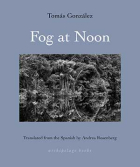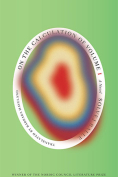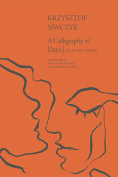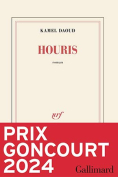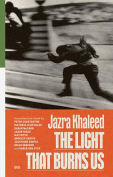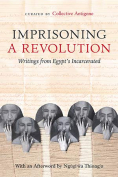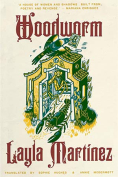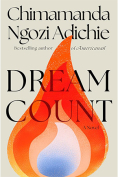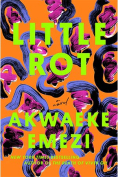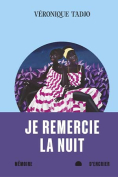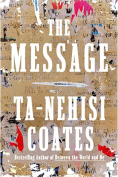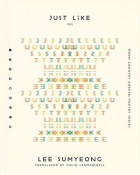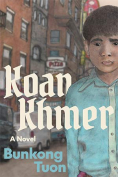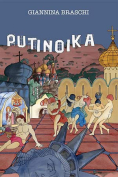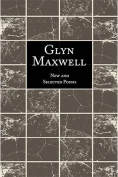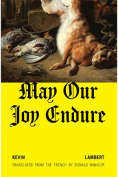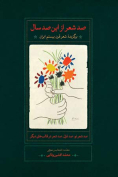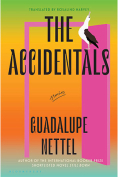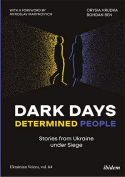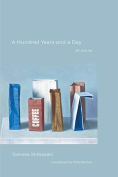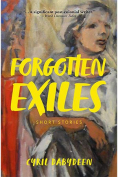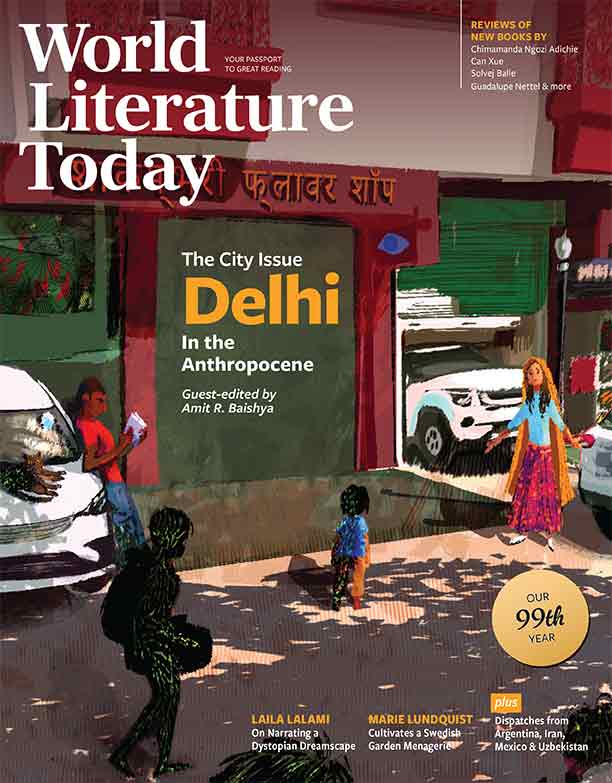Fog at Noon by Tomás González

New York. Archipelago. 2024. 211 pages.
Tomás González (b. 1950, Medellín) may not come immediately to mind if one is asked to name the best contemporary fiction writers from Colombia. Instead, the names of Laura Restrepo, Fernando Vallejo, Santiago Gamboa, or Pilar Quintana will be mentioned. Yet González is considered by critics as the greatest Colombian writer today. The author of more than ten novels and several collections of short narratives and poetry, González is like a rare and mysterious literary gem, perhaps because the author himself eschews the spotlight.
Fog at Noon, originally published in Spanish in 2015, is González’s third novel brought out by Archipelago in Andrea Rosenberg’s expert translation (Pushkin Press published his In the Beginning Was the Sea in 2014, translated by Frank Wynne). Reading Fog at Noon, it is not difficult to see how González’s oeuvre follows Latin America’s superb and innovative narrative tradition of the Boom. More specifically, in the case of the novel here reviewed, the reader will find echoes of Mexican Carlos Fuentes’s and Argentine Julio Cortázar’s polyphony, the ambiguity favored by the Argentine master Jorge Luis Borges, and a touch of Gabriel García Márquez’s magical realism. That is not altogether surprising for, as González has stated in interviews, in his youth during the 1960s he devoured the works of the Latin American Boom, mentioning specifically books by Cortázar and Mexico’s Juan Rulfo. Like those authors from the 1950s and ’60s, González wants his readers to engage actively in the reading process, and thus, in Fog at Noon, he offers a fragmented story narrated from various viewpoints and an open and suggestive ending, leaving us to draw the lines between the different details each character recounts and, in this way, create the story.
The novel is narrated from four different perspectives: those of Raúl, an architect; Raquel, Raúl’s sister; Aleja, whose perspectives are told from a third-person viewpoint; and Julia, a poet who narrates in the first person. As we find out right away on the first page of the novel, Julia has been missing for seven months, and nobody has any idea where she might be or even if she is alive. Through the different characters’ narratives, we begin to reconstruct how each of them was related to Julia and to learn about each one’s personality, life, aspirations, and conflicts.
The narrative initially seems to suggest that Julia is the main character, but, in fact, the novel rejects the one-protagonist novelistic model. Rather, it may be argued that Raúl is, at least, the co-protagonist, for we learn as much—or more—about him as we do about Julia. Their relationship, passionate lovemaking, brief marriage, and violent fights occupy much of the story.
Julia’s account, interspersed throughout the book, may be the most fascinating, given that it is laden with ambiguity about her whereabouts and status: is she alive, or does she speak from the afterlife? In this regard, Fog at Noon recalls the surrealism that characterized the fiction of Chilean María Luisa Bombal, a precursor of magical realism, particularly her 1938 La amortajada (Eng. The Shrouded Woman, 1948), in which the dead protagonist narrates the novel as she lies in her coffin.
However, González’s novel includes more elements than just magical realism. Brief and kaleidoscopic, Fog at Noon reflects the fast pace of a globalized life, while the lush, exuberant, and, at times, menacing natural landscape of Colombia’s mountains contrasts with the harshness of the cityscapes where the characters circulate. Offering insightful perspectives on love and death, Fog at Noon is a compelling narrative of contemporary times.
Cristina Ferreira Pinto-Bailey
Lexington, Virginia


